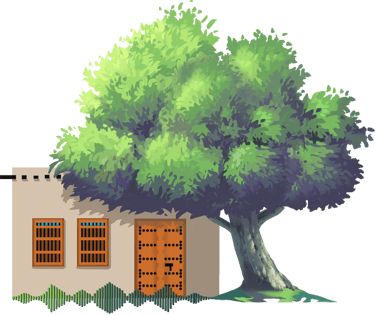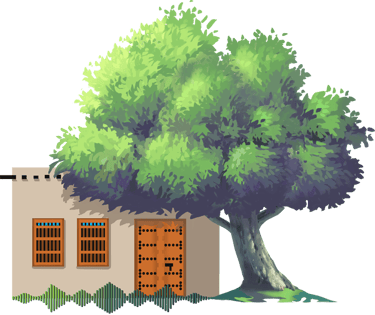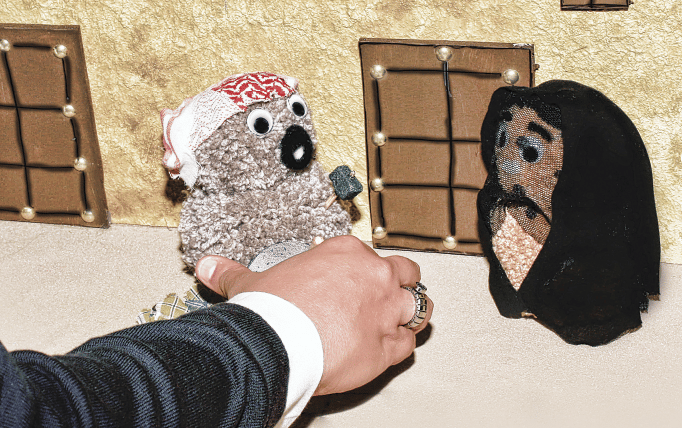Folk Arts Session
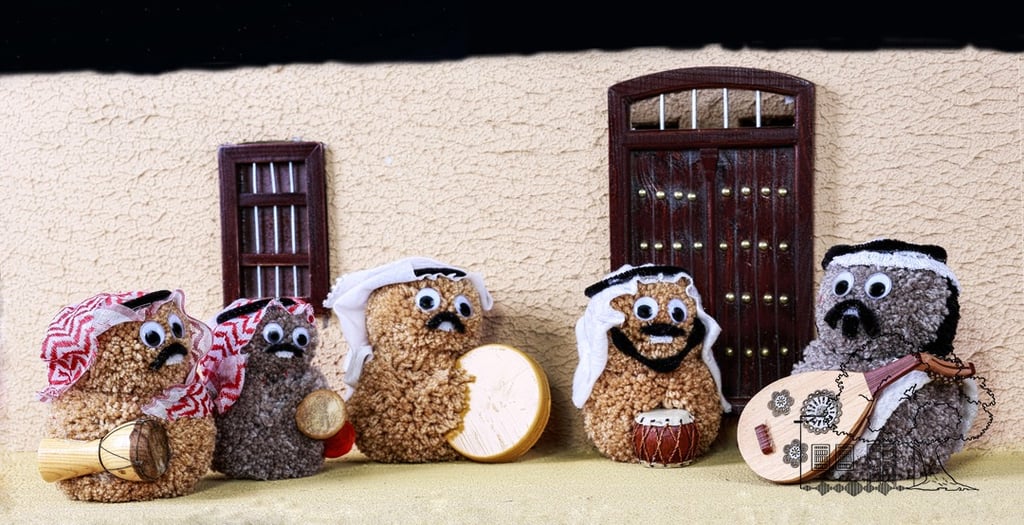

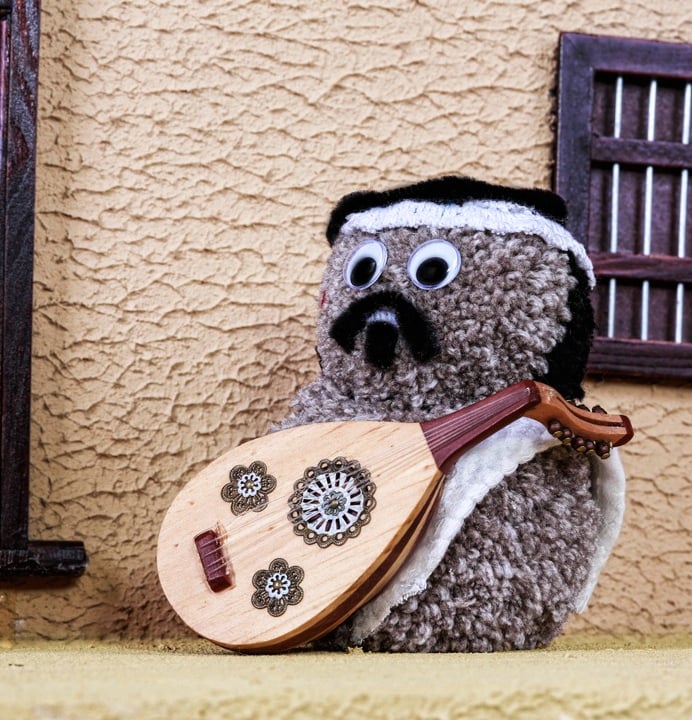

ﺍﻟﻔﺮﻳﺴﻪ The Art of Al-Fareesa
Al-Fareesa, a diminutive of a female horse, is a well-known and distinctive dance performed by a group of men. A puppet in the shape of a horse is made and covered with decorated fabrics and some ornaments. A dancer hangs it around the neck of its bearer, who is inside it and is often in the middle of the group, performing the dance to the tunes of drums and tambourines. This dance is performed on national and religious holidays. The horse moves swaying right and left and back and forth, as if avoiding the attacks of the other two men. The man carrying the sword tries to kill the knight, while the old man carrying a spindle waits until the knight and the sword bearer die so he can seize the sword and the horse. The singers encourage the knight to escape by playing the drums and tambourines loudly while they sing.
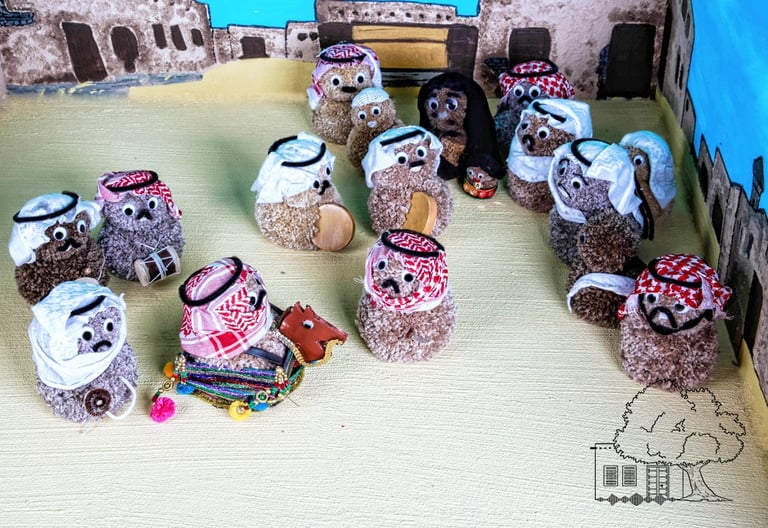

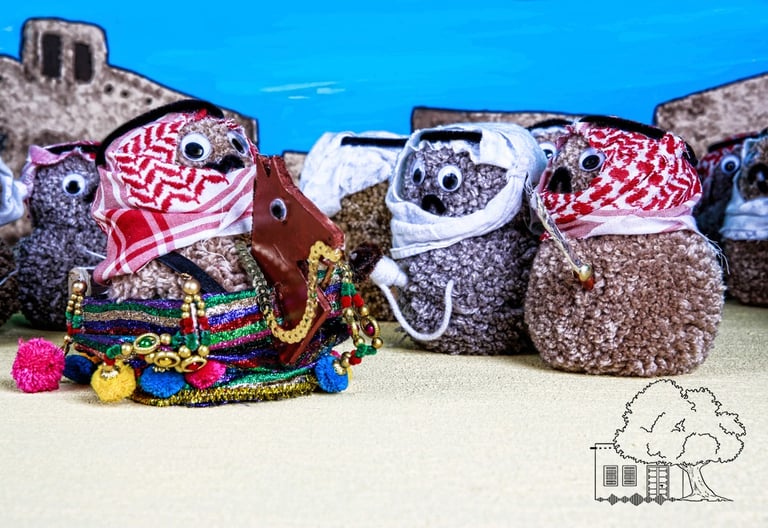

The Tanbura
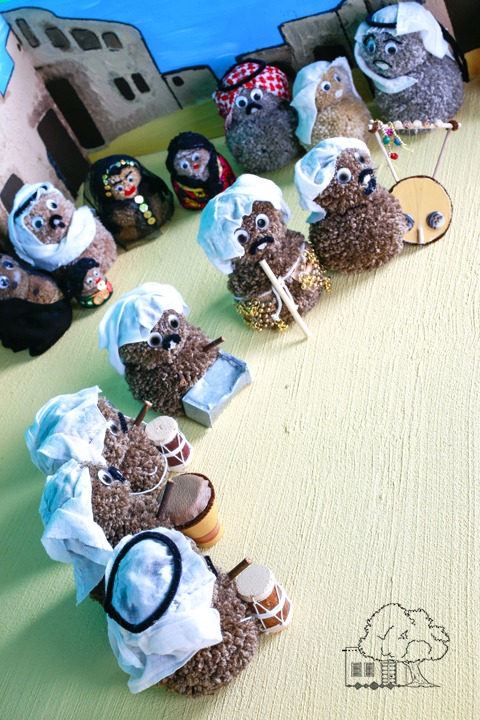
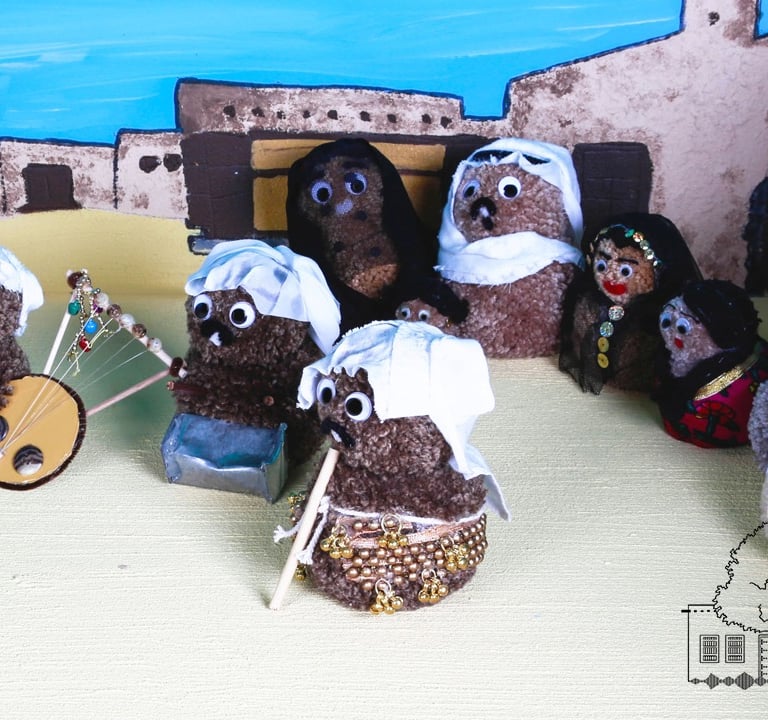

The tanbura is an African dance introduced to Kuwait by the Omanis. It relies on a slow pentatonic rhythm. In ancient times, there was a troupe called "Al Tanbura" in Kuwait. They performed in the "Maidan" (the square) in the Sharq area near Abdul Razzaq Gate. It is well known that the tanbura dance relies on the dancer, who wears a large number of hooves (sheep hooves) intertwined in a rope wrapped around his waist. He moves his waist right and left, creating a harmonious sound balanced with the rhythm. The dancer supports himself on a long stick.
There are six tanbura instruments:
The tanbura: A stringed instrument.
The manjur: Made from goat hooves, which are fixed to a piece of burlap or cloth and tied around the waist of a specialist. They produce a distinctive "cluttering" sound that matches the tanbura playing.
Four drums, two on each side of the tanbura player.
ﺍﻟﻌﺮﺿﻪ The Art of Al-Ardha
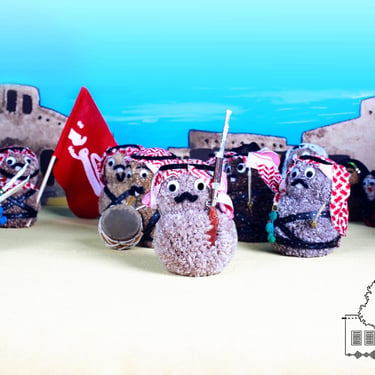

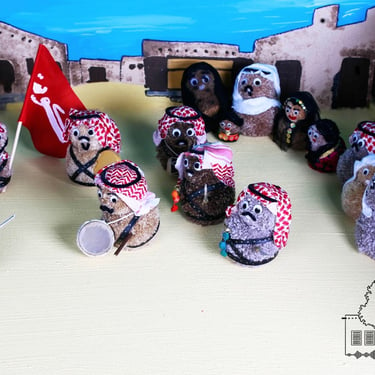
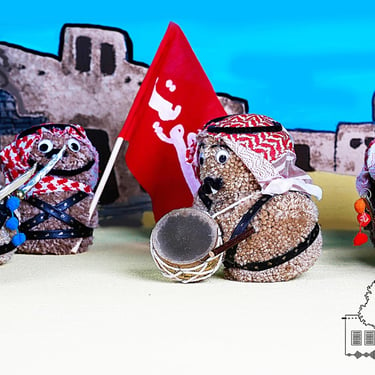
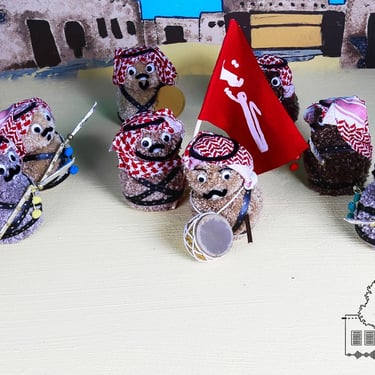
Al-Ardah is the name given to a form of folk art prevalent in the Arabian Peninsula. It is a collective art performed by a group of men accompanied by movement. It is also characterized by an enthusiastic nature and is also called "Al-Haddawa." It is possible that this name is derived from the word "Al-Haddawa," which means to head towards them with war equipment. Al-Ardah is performed frequently throughout the country, especially during holidays and national occasions. We still see rifle and sword bearers performing Al-Ardah as a fundamental element in the formation of the participating groups, symbolizing the fervent feelings towards the homeland and its defense.
The men in the Ardah dance are divided into groups:
A group of drummers beats the drums in a beautiful rhythm that matches the chanting of the rows. In the center is the flag bearer, who performs the dance, which typically involves raising the sword and swaying to the right and left, while taking several steps forward. The singers usually stand in a single line, and various types of drums are used. The large ones are called "takhmir" drums, and the small ones are called "tathleeth" drums. The dancer wears a "mahzama," a cross-shaped cloak that was once important for mounting bullets for rifles. The Ardah is known as a war dance, as men stand in two opposing lines, carrying swords or rifles. The Ardah is performed on national holidays and special occasions.
